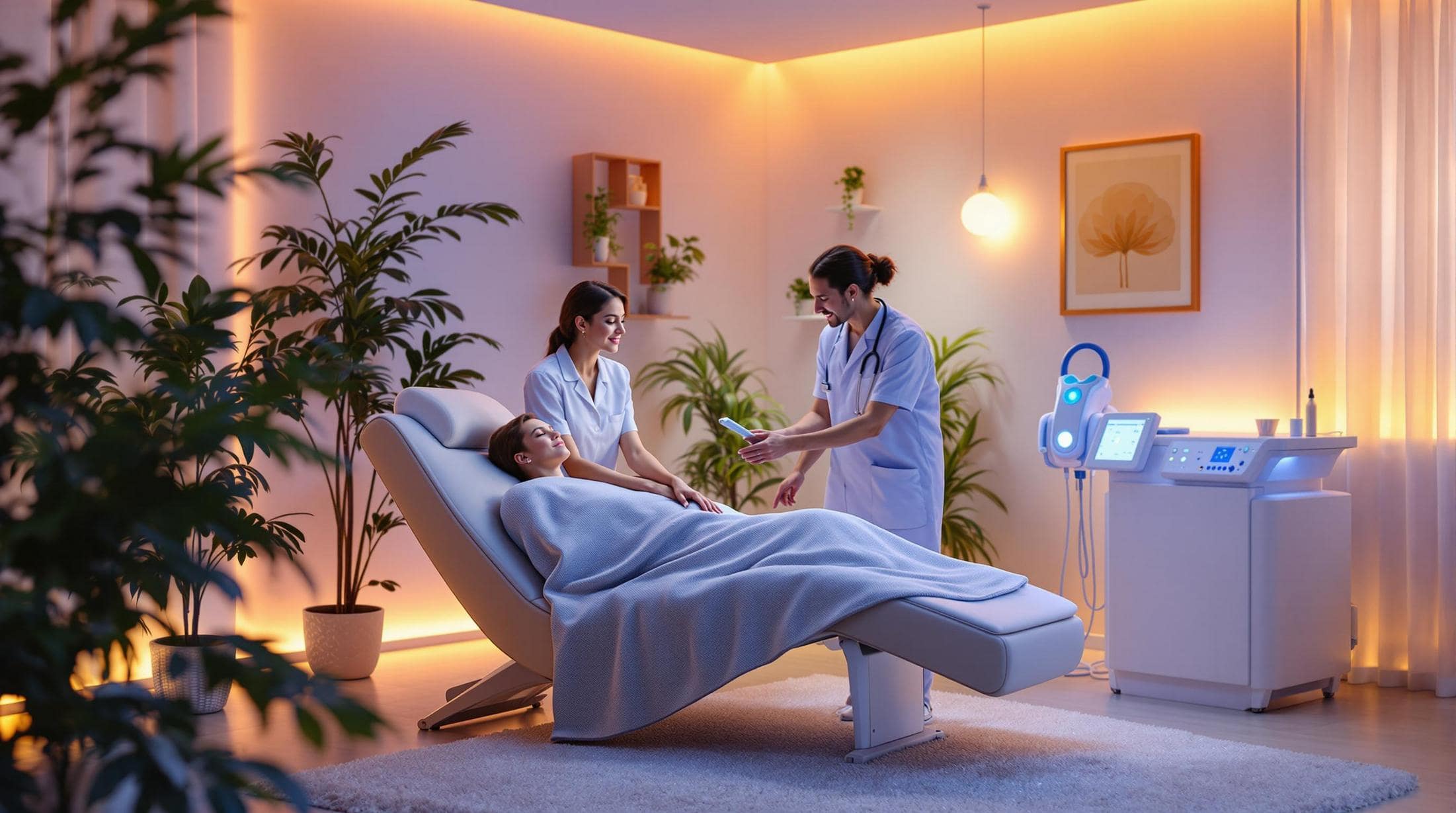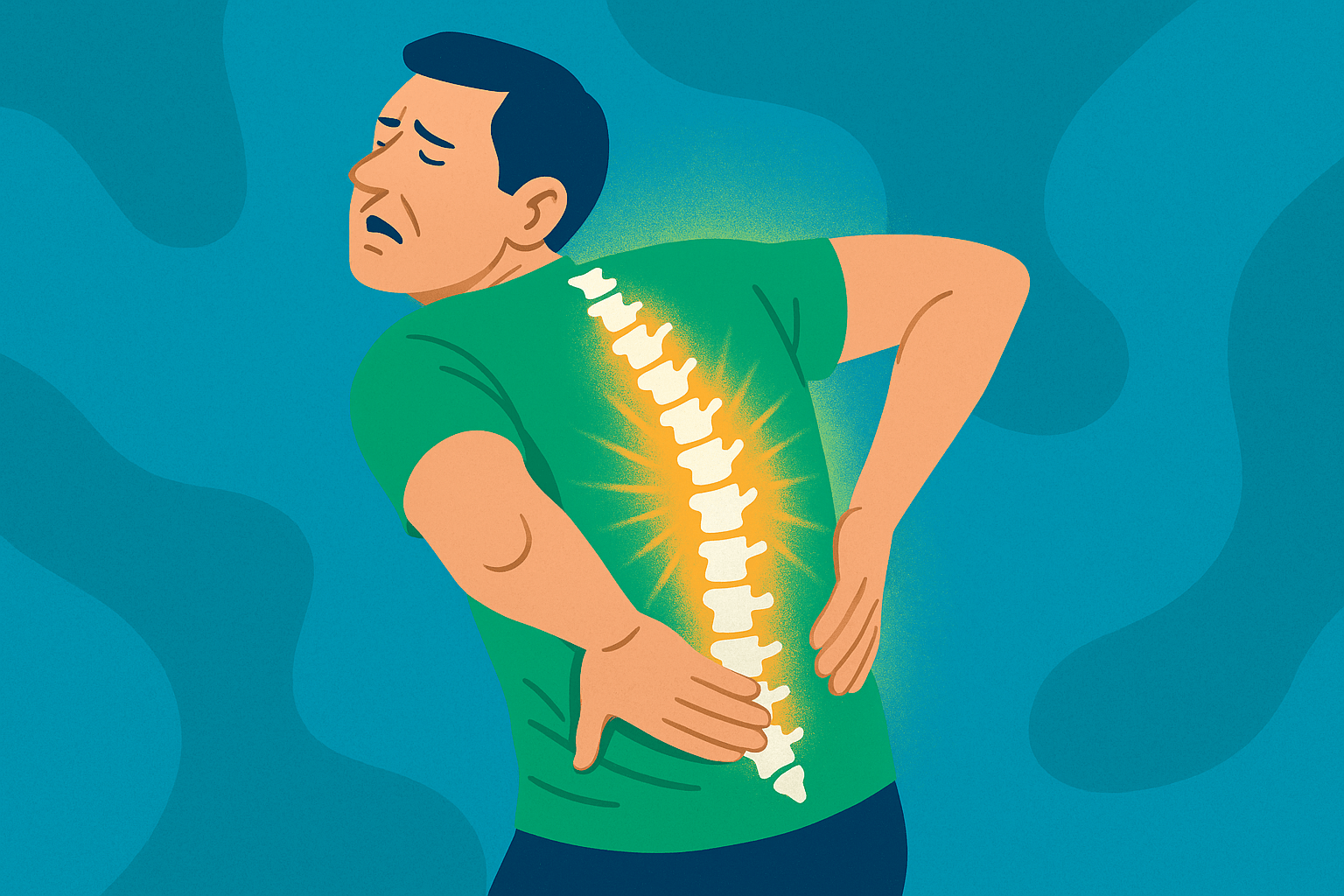When chronic pain or poor posture keeps returning no matter what treatments you try, the missing link often lies in how your body’s structure is aligned. Advanced BioStructural Correction™ (ABC™) is a revolutionary chiropractic method that goes beyond symptom relief to address the root cause of pain — the body’s misaligned structure.
During an ABC™ session, practitioners use gentle, targeted adjustments to reduce mechanical stress in the spine and soft tissues. Unlike traditional chiropractic methods that focus on “popping” joints or short-term relief, ABC™ works systematically to correct old injuries, restore balance, and allow the body to hold itself upright naturally — without constant tension or effort.
This article takes you inside a real Advanced BioStructural Correction™ session, showing exactly what happens, why it works, and what results you can expect from your first appointment onward.
Jump To:
TLDR Quick Guide
- ABC™ corrects structural imbalances that cause chronic pain and postural issues.
- Treatments involve precise corrections — no forceful twisting.
- Each session releases a layer of built up mechanical stress from past injuries.
- Over time, patients experience better alignment, breathing, and energy.
- Results are cumulative, building toward long-term postural stability and physical wellness.
The Science Behind Advanced BioStructural Correction™
Advanced BioStructural Correction™ is built on the principle that the body can’t fix certain misalignments by itself — especially when spinal bones are stuck forward. These “locked” misalignments throw the entire structure off balance, forcing your muscles to compensate by arching, twisting and tilting each bone in your body. The way you compensate results in tight or weak muscles, changes to your posture, they affect how you walk and move and, how stiff you feel.
During treatment, practitioners identify and reverse these imbalances so the body can self-correct again. Once released, the nervous system re-coordinates posture and movement patterns, leading to an immediate sense of lightness, better breathing, and improved balance.
What Really Happens During an ABC™ Session
1. Comprehensive Posture Assessment
Your session begins with a visual and structural analysis. The practitioner observes your standing posture, spinal curvature, and movement patterns. Photos or digital posture scans may be used to document your baseline alignment.
2. Breathing and Tension Evaluation
Breathing patterns reveal where the spine and ribcage are restricted. ABC™ practitioners assess how deeply and evenly you can breathe, since poor alignment often compresses the chest and limits oxygen flow. This step helps determine which areas need focus during treatment.
3. Layered Corrections
Gentle, hands-on manoeuvres release stuck vertebrae and connective tissues. Instead of forceful cracking, practitioners use controlled tension and specific pressure to precisely correct each misalignment. During the recovery process, your body will untwist and unravel its compensation patterns – we call this process “unwinding”. Unwinding, periodically releases old injuries which can then be corrected, this is often accompanied by spontaneous posture shifts or easier movement.
4. Postural Rebalancing
After structural corrections, the practitioner reassesses your stance and alignment. Many clients notice immediate differences — standing taller, breathing easier, and feeling lighter. These changes continue to progress between sessions as the body adjusts to its new alignment.
5. Integration & Care Plan
The session concludes with tailored recommendations for ergonomic advice, rest, and gentle activity to support ongoing correction. A personalized care plan outlines frequency and goals for subsequent visits, ensuring sustainable, cumulative improvement.
Benefits You Can Expect
- Noticeable posture improvement — standing taller and straighter naturally.
- Reduced back, neck, and shoulder tension without reliance on frequent adjustments.
- Better breathing and energy levels as the ribcage and diaphragm expand freely.
- Enhanced mobility and balance, especially in the lower back and hips.
- A deep sense of relaxation as chronic muscle tightness releases.
Key Takeaways
- Advanced BioStructural Correction™ restores your body’s natural ability to hold itself upright.
- Sessions focus on reversing structural distortions, not just relieving symptoms.
- Improvements often appear after the first treatment and build over time.
- The process is gentle, safe, and deeply corrective — ideal for chronic issues.
- Consistent care leads to long-term stability and better overall well-being.
FAQs
What makes Advanced BioStructural Correction™ different from traditional chiropractic?
Traditional chiropractic often focuses on spinal manipulation for short-term relief. ABC™ corrects the structural cause of imbalance, allowing the body to hold itself upright naturally. The process targets deep mechanical misalignments that standard methods can’t reach.
Does an ABC™ session hurt?
No, ABC™ is designed to be gentle and precise. You will feel pressure and stretching during the manoeuvres, but it shouldn’t be painful. Many patients describe the experience as relaxing and rejuvenating.
How soon will I notice results?
Most people feel immediate improvements in posture, flexibility, and breathing after the first session. Others notice gradual changes over several visits as layers of structural distortion are released. Long-term consistency delivers the most transformative results.
Is Advanced BioStructural Correction™ safe for all ages?
Yes, it’s safe and effective for adults, children, and seniors alike. Practitioners adapt techniques to suit age, body type, and health condition. Even infants and elderly clients can benefit from gentle alignment support.
How many sessions are typically needed?
Treatment plans vary based on individual posture and injury history. Many clients begin with weekly sessions for the first few months, then move to maintenance visits as alignment stabilizes. Your practitioner will design a plan tailored to your goals.






